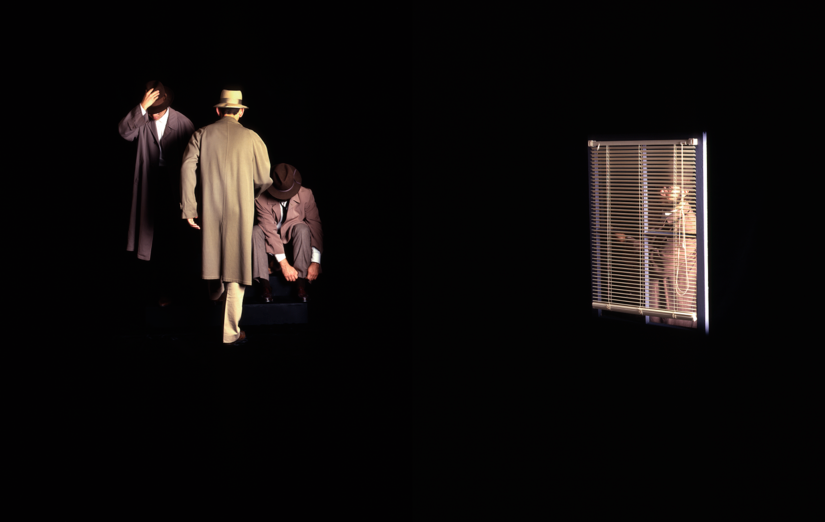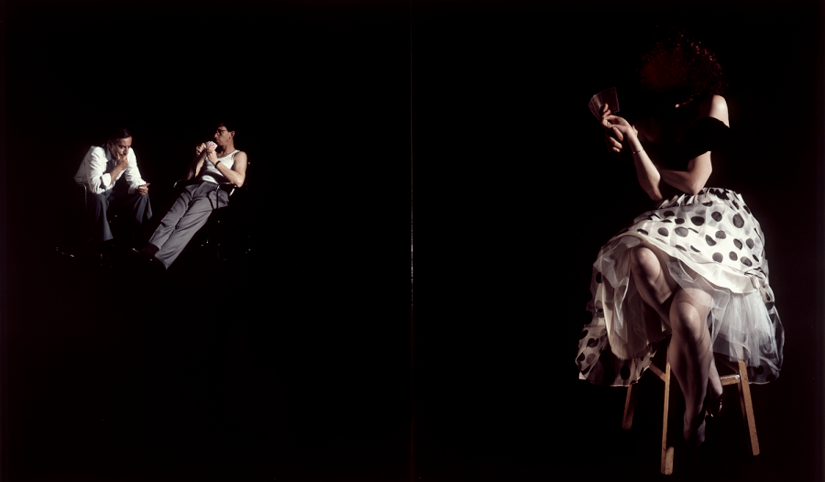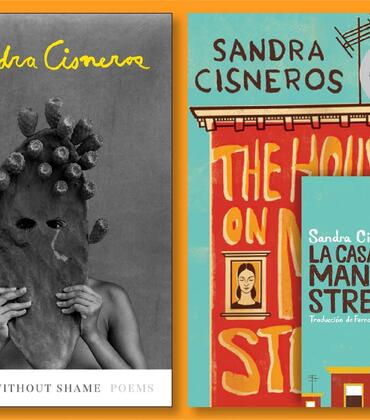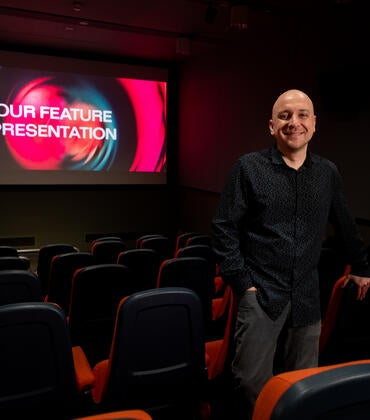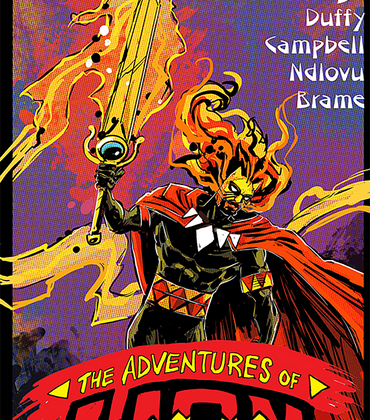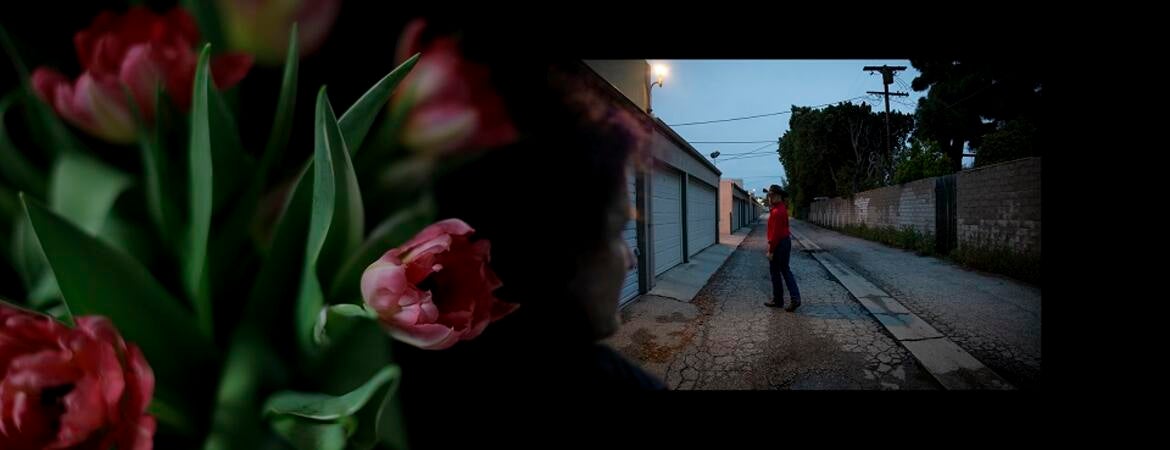
This weekend at the California Museum of Photography, the namesake artists will hold a discussion and screening for their current exhibition, “Telling Them Apart: Eileen Cowin and Jonesy.”
The 1 p.m. Saturday, April 27 event is moderated by art and design historian Andy Campbell and, in addition to Cowin and Jonesy, also features guest curator David Evans Frantz. The event is free.
The exhibition, which runs through July 21, is a “call-and-response,” with Cowin’s work from the 1980s serving as a launch point for later work by Cowin and Jonesy.
“I knew how important Eileen’s art was to Jonesy, thinking about characters, staged scenarios, and props. Eileen became excited about collaborating with him. I was brought in as curator on the project to think through their work, create new work, and create new work in dialogue,” Frantz said.
April Baca, curatorial assistant at UCR ARTS and the show’s organizer, said that — while the two photographers are responding to one another — the conversation is “part of a larger dialogue concerning queer identity and photography.”
“It’s an exploration about the breadth of identities and multiple positions that people inhabit and perform, whether it’s related to sexual identity, racial, or gender identity, and how slippery those positions are in and of themselves,” Baca said.
Together, L.A.-based artists Jonesy and Cowin create a world that puts viewers in a voyeuristic space.
Cowin’s work is from the late 1980s and forms the starting point of the exhibition. The images are large and printed on aluminum, and — viewed in the dark gallery space — it is as if one is looking into the windows of a home from the street. This is heightened by the fact that one can see one’s reflection gazing back. Who hasn’t been walking along the street for an evening stroll, to look over and see a family watching TV, at dinner, or arguing? You become part of the story.
Influenced by film noir, Cowin gives us well-lit subjects against black backdrops. We are presented with multiple mise-en-scenes from men in trenchcoats and hats from old movies, to a woman in a red slip watching television, to a woman leaving a telephone booth with a blindfolded man in the foreground. All are people in their lonely cities.
Jonesy’s response to Cowin is large, reflective images that look like film stills from an erotic thriller. The vivid colors, theatrical lighting, staged sets, and dramatic Renaissance-style poses create a surreal space. It has the aesthetic of Rainer Werner Fassbinder’s 1982 highly stylized screen adaptation of Jean Genet’s 1947 novel “Querelle of Brest.” Another thriller Jonesy’s work calls to mind for its intersection of shifting identity, desire, and violence is William Friedkin’s 1980 film “Cruising,” with Al Pacino.
Situated in the gallery are clapboard booths evoking the small X-rated theaters of Times Square or Las Vegas before they were cleaned up for family fun. In these booths, which are open for all to see, there is a “gloryhole” and a window with a closed venetian blind. Different films play on a continuous loop in each booth. Pornography is not represented, but it is implied. In the film, there is a mixture of men and women. The minimal set design and action makes it feel like a live performance was caught on film as opposed to narrative film.
Above the installation, the second-floor catwalk bisects the show. Viewers can look down from it and consider intergenerational influences, sexually charged narratives from illicit noir affairs to the cruising subculture and think about voyeurism as patrons gaze at the models and performers and their reflections on the surfaces.
Attendees are advised that the exhibition contains artwork about sex, sexuality, and implied violence. For more information on the exhibition, visit https://ucrarts.ucr.edu/exhibitions/telling-them-apart/. For more information on Saturday’s free conversation and screening, visit https://events.ucr.edu/event/conversation_and_screening
